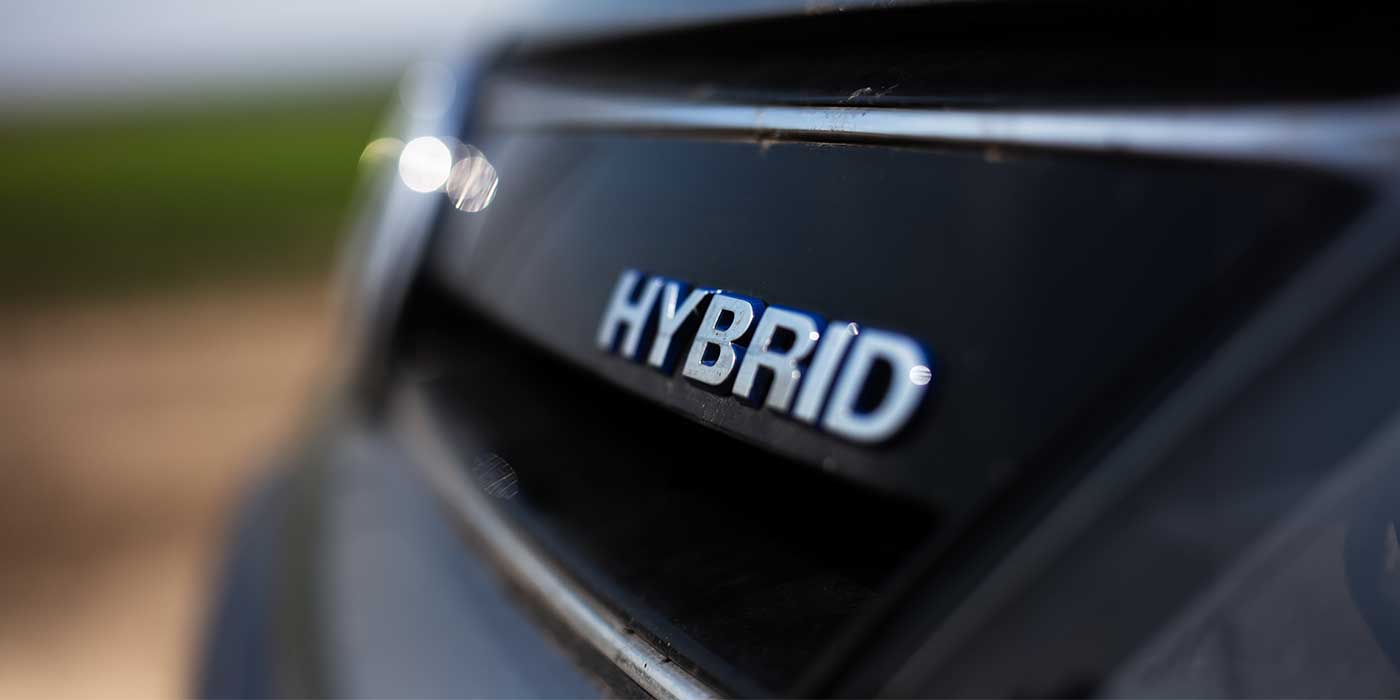As the retail auto industry enters a more challenging sales cycle, management teams must continue to improve their hiring efforts to create a competitive advantage. With 2017 more than halfway over, now is the time to check-in and see if your dealership is on track to hit your sales, operational and human capital goals for the year.
After working with thousands of dealerships across the country, we’ve identified trends transforming the automotive talent landscape, along with new insights from our retail automotive network.
The State of Hires In Automotive
The retail automotive landscape experienced continued growth in the first half of the year, seeing continued demand to expand dealership teams. Across the dealerships we studied, we saw 620,000 total applicants looking for new roles in retail automotive during the first half of 2017.
This year will have the highest amount of applicants applying for dealership jobs. The average dealership will receive 844 applicants this year – a 17 percent increase over 2016, and a remarkable 243 percent increase over 2015.
Of these 844 applicants, the average dealer will hire 10 new employees this year. This translates into retail automotive hiring managers needing to review 84 applicants for every hire made, showing that managers can be very selective in their applicant review process.
Both large and small groups had relatively consistent hiring needs based on the amount of open jobs we’ve seen so far this year. Breaking out the hiring needs between single-location dealerships up through large regional groups, there are no dramatic differences for the amount of job openings based on group size alone.
Looking at aggregate hires made at the group level, it’s clear that the most hiring activity is concentrated with the largest group networks, defined as containing more than 11 rooftops, driving 25 times more hiring activity than single-location dealerships.
For smaller dealerships, this means it’s important to differentiate your company and highlight the benefits of joining your team. Top dealerships make sure they attract top applicants by highlighting their company culture, perks and set career path so the most talented candidates can see a viable future with the dealership. The largest groups are already doing this, smaller organizations should follow this approach to remain competitive.
We’ve also collected more information about:
A YTD check on the status of hiring across dealerships of all sizes
The overall need to attract and keep great talent in retail automotive
The increasing relevance of product specialist roles
How well dealerships are adhering to a unified hiring process
Rapidly shifting consumer trends that are shaping the showroom experience
To read our findings — and to take action to improve hires at your dealership rooftops — download our “Summer 2017 Automotive Hiring Trends” report.














